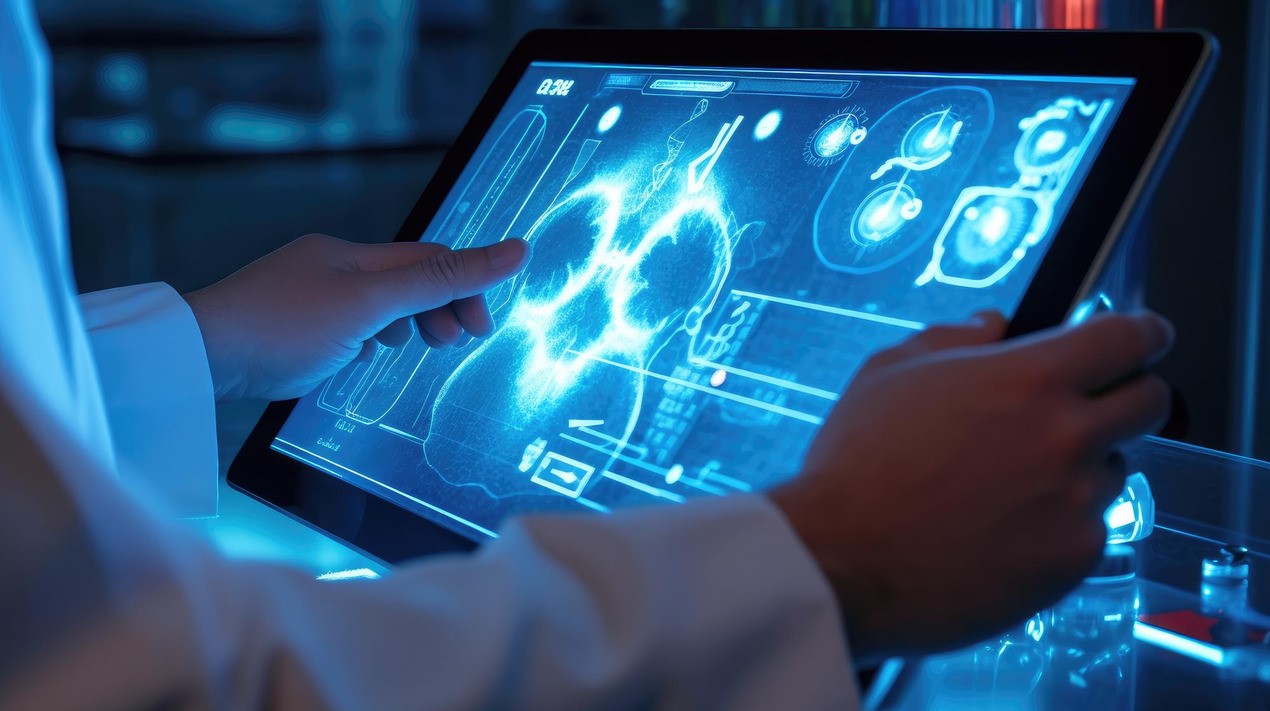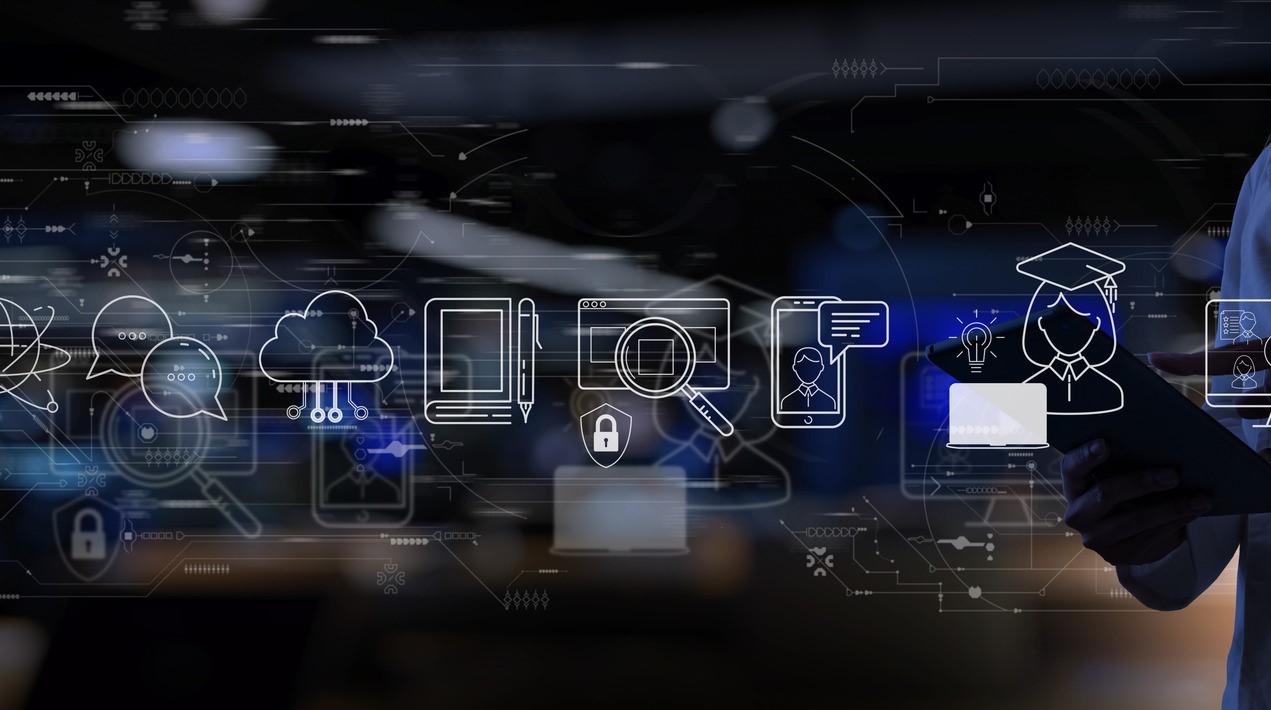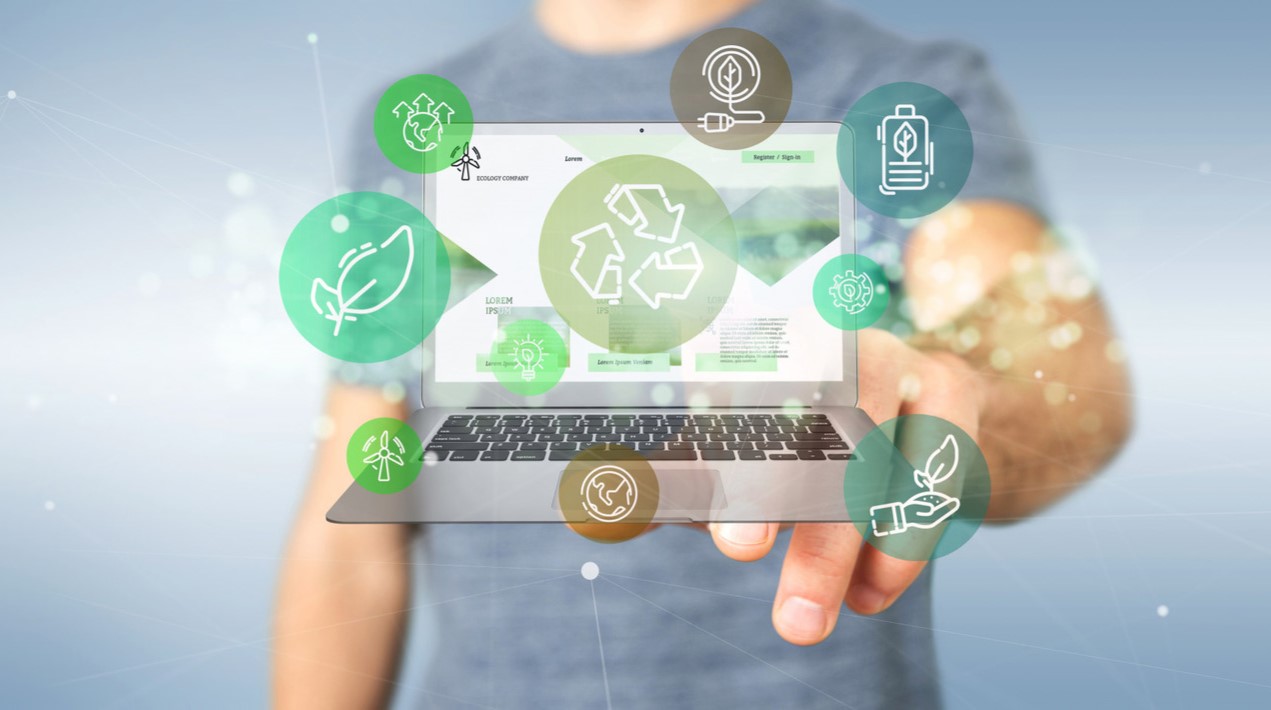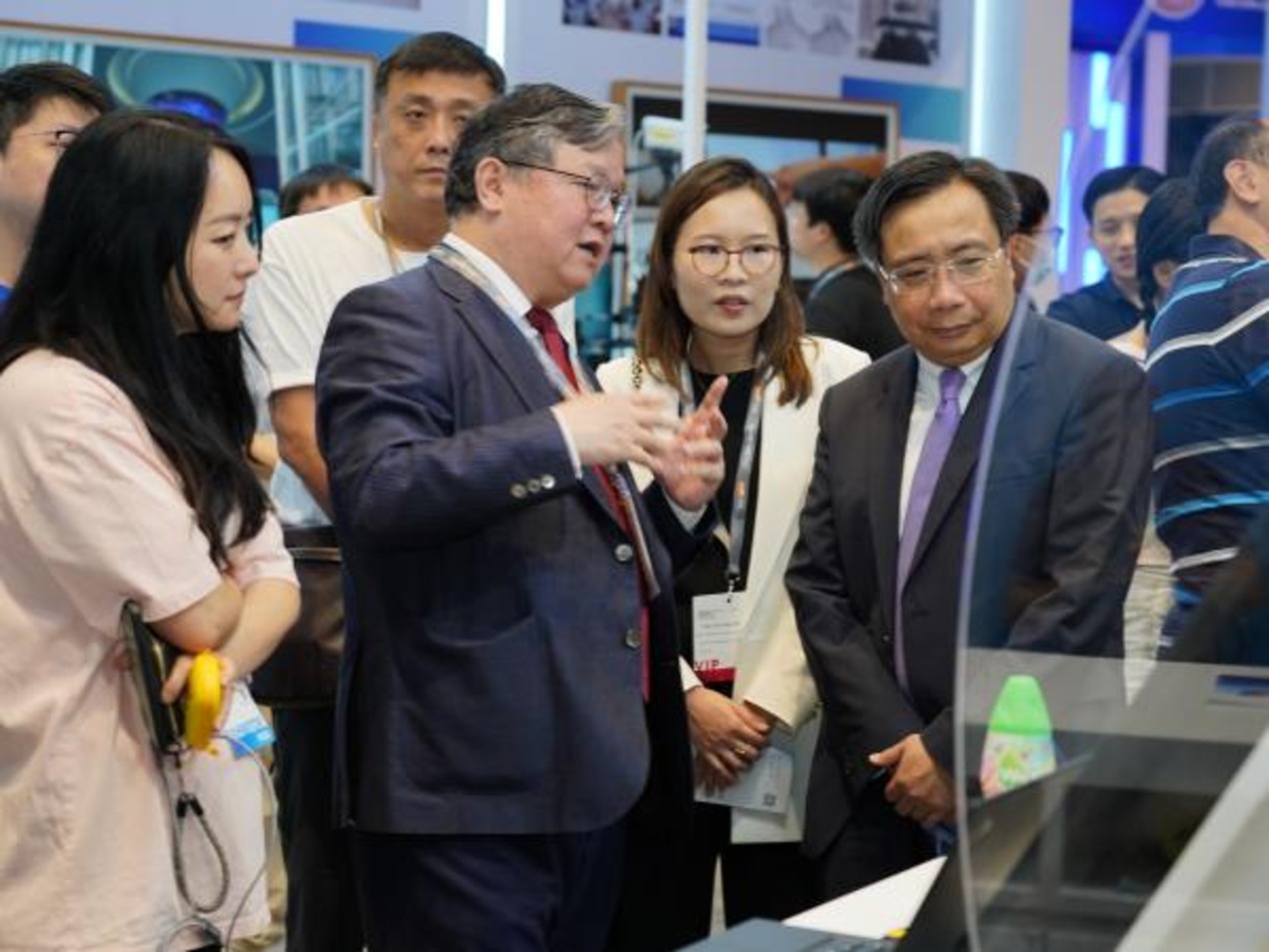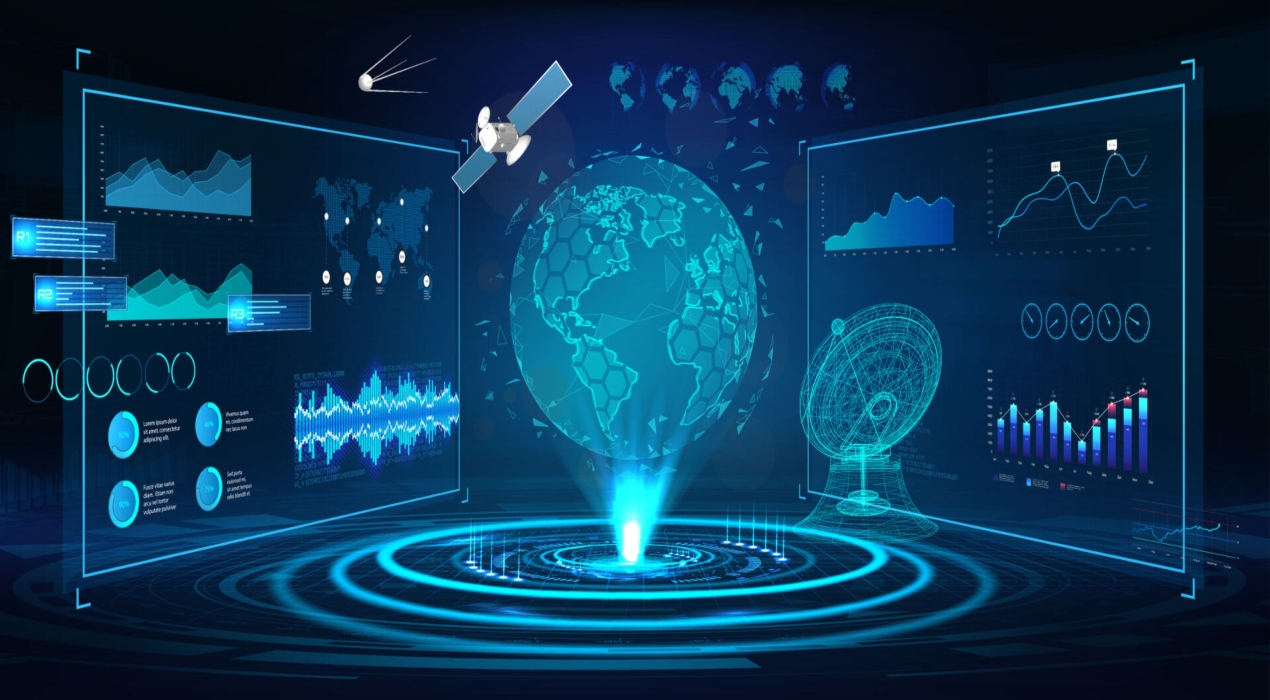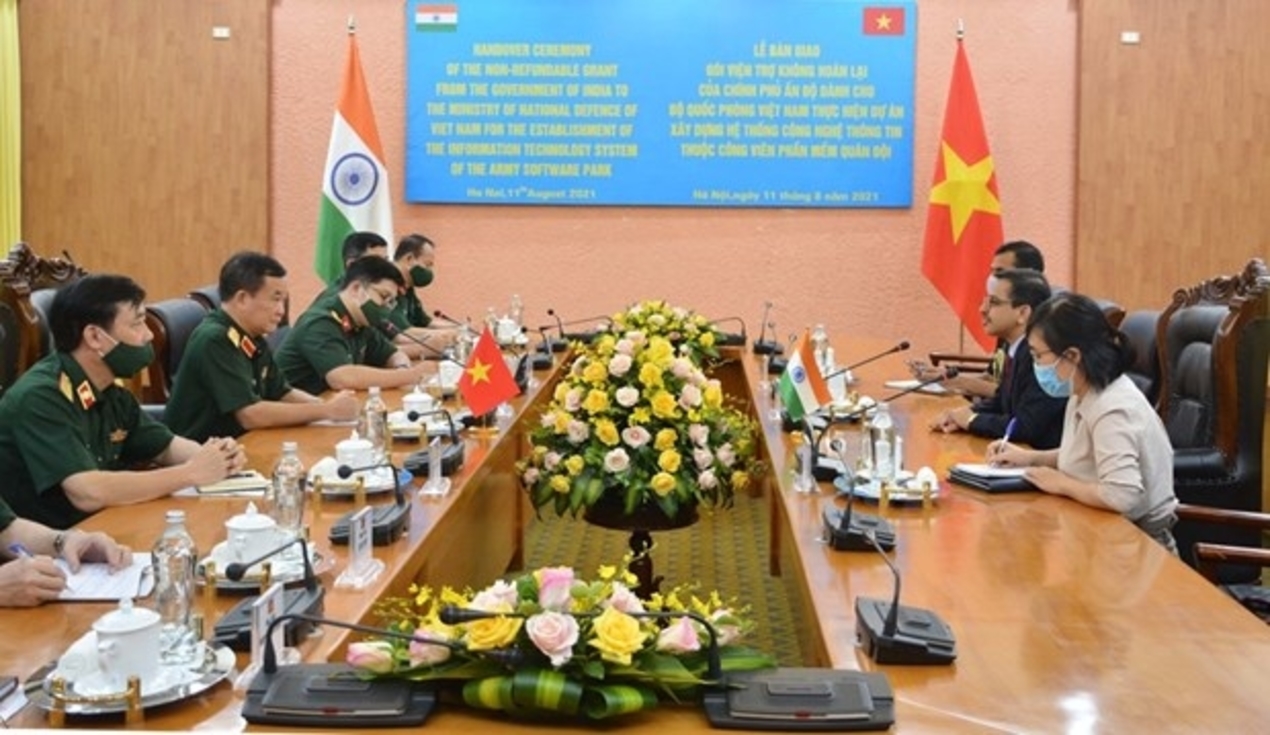
The Indian government has provided US$5 million in non-refundable aid to help the Vietnamese Ministry of National Defence build an information technology (IT) system. The system has been set up at the military software park under the centre of IT and foreign languages at the Telecommunications University.
According to a news report, on behalf of leaders of the Ministry of National Defence, Deputy Minister Senior Lieutenant General Hoang Xuan Chien received the aid at a ceremony in Hanoi on 11 August. Chien stated that the assistance is of significance as it contributes to raising the centre’s capacity and facilitating high-quality human resources development in Vietnam at large, notably in IT and foreign languages.
The Deputy Minister said that the successful implementation of the project will help to enhance bilateral defence and political ties between the two countries in the time ahead. The Indian Ambassador to Vietnam, Pranay Verma, explained that despite the impact of the COVID-19 pandemic, the two countries have worked to strengthen and expand their defence cooperation, and implemented aid and credit packages the Indian government has granted to the Vietnamese Ministry of National Defence.
Vietnam and India have maintained cooperation mechanisms and exchanges in training, the defence industry, and UN peacekeeping operations. The two sides have also provided mutual support in the pandemic combat, the ambassador added. He described the IT project as a symbol of cooperation between the two countries in high-tech development, and a foundation to expand their collaboration in IT and digitalisation in the future.
In July, OpenGov Asia reported the Indian Embassy in Hanoi had coordinated with the Vietnamese Ministry of Information and Communications (MIC) to host a webinar on information and communications technology (ICT) cooperation between India and Vietnam amidst the COVID-19 pandemic. At the webinar, Indian and Vietnamese experts shared opinions and the advantages and opportunities that the two nations have in the field of ICT. Digital transformation in Vietnam, technology solutions in the COVID-19 fight, cybersecurity, and 5G technology were discussed.
Addressing the event, the Deputy Minister of Information and Communications Nguyen Huy Dung said that the webinar was an important and timely event in the context that the pandemic continues to develop complicatedly, causing severe recession for many countries. He noted that the two countries have several ideas and many experiences to share and exchange with each other in ICT, given that both sides are exerting great efforts in ICT development and application.
He told participants that in its National Digital Transformation Strategy, Vietnam is aiming to raise the share of the digital economy in national GDP to 20% by 2025 and about 30% by 2030. The Indian Ambassador Pranay Verma stated that ICT will play an important role in post-pandemic economic recovery in both countries. Both India and Vietnam have very ambitious visions in developing the ICT sector, especially during the Fourth Industrial Revolution. Therefore, this is the right time for them to seek more opportunities to raise ICT capacity for deeper cooperation, he added.
India has been deploying several technology-based solutions to ensure pandemic protocols are being followed. For instance, last month, researchers at the Indian Institute of Technology in Hyderabad (IIT-Hyderabad) developed an artificial intelligence (AI)-powered COVID-19 testing kit, COVIHOME, that can produce results in 30 minutes for both symptomatic and asymptomatic patients. The testing kit does not require RT-PCR (Reverse Transcription Polymerase Chain Reaction), an expert human resource, and a BSL 2 lab facility for the extraction of RNA. It has the potential for one to take the test at home without expert supervision. The in-house samples and hospital samples were confirmed for their positivity or negativity by the RT-PCR method. The validation report confirmed the kit’s efficiency of 94.2%, sensitivity 91.3%, and specificity 98.2%.



